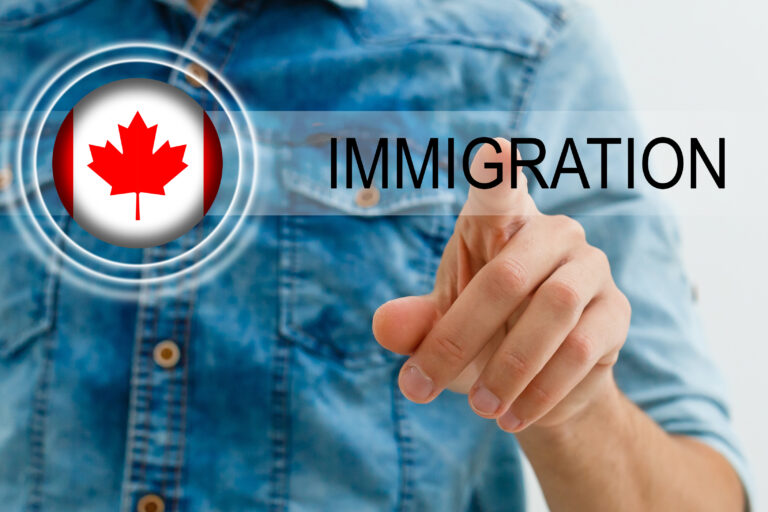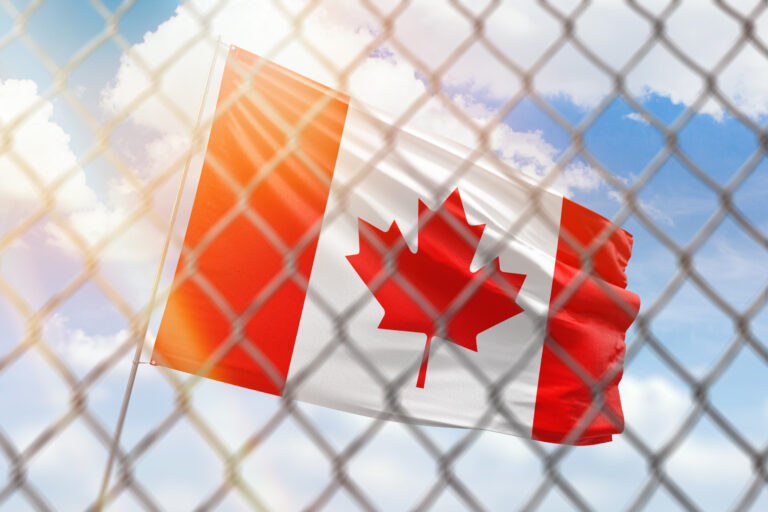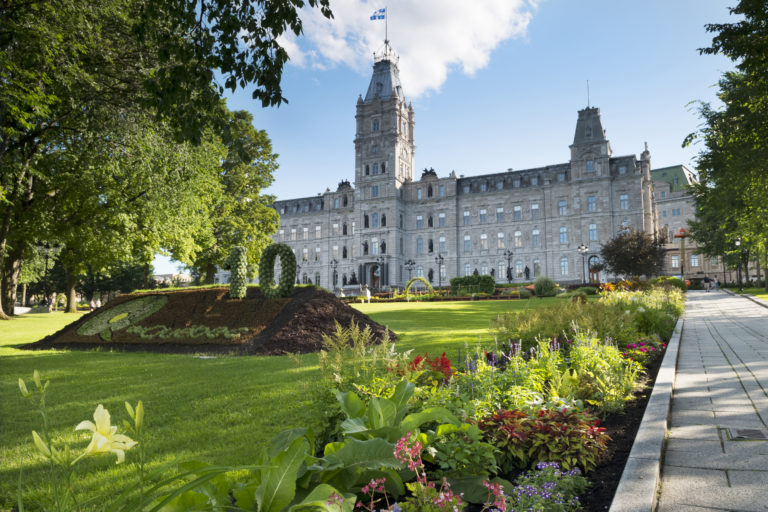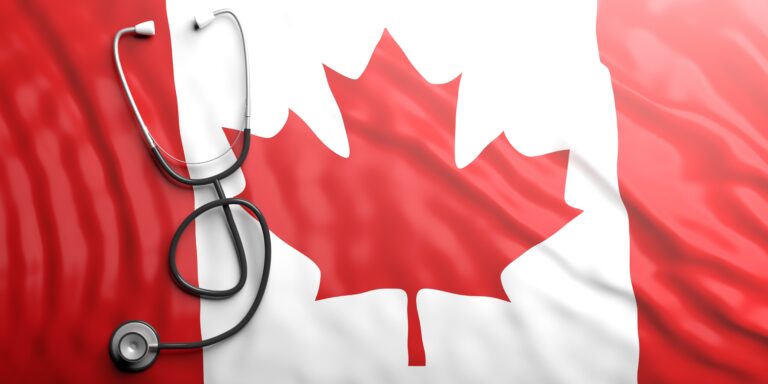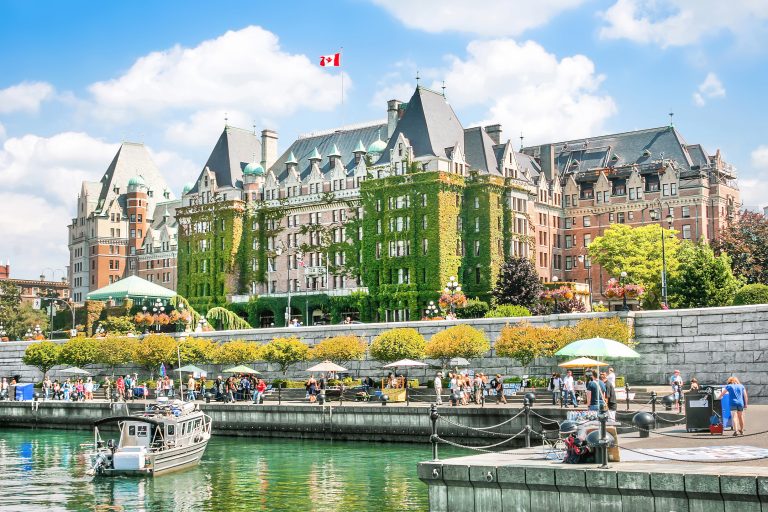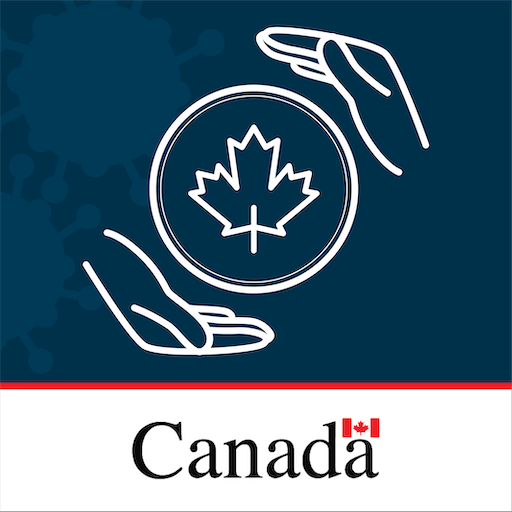Canada immigration news: Families are being reunited in Canada through the Parents and Grandparents Program (PGP) in such high numbers that it is almost certain to far exceed its target under the Immigration Levels Plan 2022-2024.
Under that immigration plan, Ottawa was hoping to bring in 25,000 parents and grandparents to the country under the PGP this year and then raise the target to 28,500 new permanent residents next year.
But Immigration, Refugees and Citizenship Canada (IRCC) data for the first seven months of this year reveals Canada is likely going to welcome 29,091 new permanent residents under the PGP this year – or more than targeted for either this year or 2023.
Read More Canada Immigration News
Parents and Grandparents Program Immigrants Set To Hit Record High In 2022
Canada’s Parents And Grandparents Super Visa: Extended Stay Takes Effect Today
Parents And Grandparents: What Are Canada’s Immigration Options?
That projection is based on the current trend which has seen 16,970 new permanent residents to Canada under that program in the first seven months of this year continuing throughout the rest of 2022.
In the first seven months of this year, the trend has been for gradually more new permanent residents to come to Canada through the PGP.
At the start of 2022, only 1,300 new permanent residents came to Canada under the PGP in January but that rose to 1,680 the following month and again to 2,270 in March.
In April, the PGP was responsible for 2,403 new permanent residents to Canada. Then, the numbers really spiked, up 692 new permanent residents, or almost 28.8 per cent, in May over the previous month – and again another 10.5 per cent to hit 3,420 in June. July did see a drop 2,910 new permanent residents under the PGP for that month.
But it’s clear the number of new permanent residents under the PGP is headed for the upper part of the range under the immigration levels plan.
Watch Video
The range for the PGP for this year was set at 19,000 to 31,000 new permanent residents. So, the projected number of new arrivals under the program for 2022 is still within that range, albeit close to the upper limit.
During its record-breaking year for immigration in 2021, Canada welcomed 406,025 new permanent residents, including 11,740 under the PGP.
The forecasted number of new permanent residents to Canada under the PGP this year would be more than twice that, a growth of almost 147.8 per cent.
In the last full year before the pandemic, in 2019, Canada welcomed 22,010 new permanent residents under these programs.
That means there could be 7,081 more new permanent residents under the PGP this year, or almost a third more – exactly 32.2 per cent more – than during the last record-breaking year.
PGP’s Popularity Rose Steadily From 2015 Through To 2019
The program to sponsor parents and grandparents has grown fairly steadily since 2015 when the country welcomed 15,490 new permanent residents to the country under the PGP.
In 2016, the number of new permanent residents through the PGP grew by more than 10 per cent, or 1,550 new permanent residents, to hit 17,040, IRCC data reveals.
The following year, that number swelled to 20,495, a jump of 3,455, or almost 20.3 per cent.
Then, in 2018, there was a slump. The number of new permanent residents through the PGP dropped 12 per cent, or 2,465 new permanent residents, to 18,030 before rebounding the following year.
In the last year before the pandemic, the number of new permanent residents under the PGP jumped by 3,980, or 22.1 per cent, over the previous year.
As the coronavirus which causes COVID-19 spread throughout the globe, Canada closed its borders to all but essential travel in 2020 and public health restrictions made international travel very difficult due to COVID-19 tests, quarantines, and the need to wear face masks. In Canada, many businesses were shut down for part of that year.
Immigration plummeted by 45.9 per cent to only 184,585 new permanent residents in 2020 – and the number of sponsorships through the PGP fell in step with that, dropping 52.5 per cent, or 11,555 new permanent residents that year.
With more and more Canadians vaccinated against COVID-19, the border eventually re-opened and public health restrictions were eased last year. Ottawa also put in place many measures to boost immigration.
PGP Poised To See Even Higher Record Levels Of New Permanent Residents Arrive Next Year
With the inherent lag in the PGP, though, these only saw a relatively modest growth that year. The number of new permanent residents under this program only grew by 1,245, or slightly more than 11.9 per cent.
The big surge in the number of parents and grandparents coming to Canada through this program is only being seen this year – and is likely to continue through into 2023.
Canada had already welcomed 274,980 new permanent residents this year by the end of July, putting it on track to see immigration hit the unprecedented level of 471,394 new permanent residents by the end of 2022.
That will mean many more permanent residents in Canada able to sponsor their parents and grandparents to re-join them here in the coming years.
The PGP allows Canadian citizens and permanent residents outside Quebec to sponsor their parents and/or grandparents to become permanent residents of Canada.
Here’s how the program works.
PGP Processing Time Is Currently Three Years For New Applications
Canada’s immigration department operates a lottery system for the PGP with citizens and permanent residents submitting an Interest to Sponsor form before being placed in a pool.
The IRCC makes random draws from the pool and issues Invitations to Apply (ITA). The sponsors and their parents and grandparents then have 60 days to submit a full application.
The sponsors must:
- be at least 18 years old;
- live in Canada;
- be a Canadian citizen, permanent resident, or a person registered in Canada as an Indian under the Canadian Indian Act, and;
- have enough money to support those they want to sponsor by meeting minimum income requirements for the previous three years. Candidates can include a co-signer in their application, allowing the combined income to be considered.
Sponsors must also:
- agree to financially support the parent or grandparent for 20 years from the date they are approved for permanent residence, and;
- reimburse the government for any social assistance paid out to the parent or grandparent during that time.
Sponsors who live in Quebec must meet the Quebec immigration sponsorship requirements after being approved as a sponsor by IRCC. The Ministry of Immigration, Francisation and Integration (MIFI) also assesses the sponsor’s income and requires an undertaking to be signed.
Through the PGP, sponsors can bring to Canada their own parents and grandparents, related by blood or adoption. In cases of divorce or separation, the spouses or common-law partners of parents and grandparents are also eligible.
A sponsor’s brothers and sisters, or half brothers and sisters, are only eligible if they qualify as dependent children.
On its website, IRCC provides estimates of the current processing times for various types of applications, including PGP sponsorships.
Due to the backlog of applications before the IRCC, the current processing time for sponsorship applications for parents and grandparents is currently three years.
That estimated processing time includes the time needed to provide biometrics.


